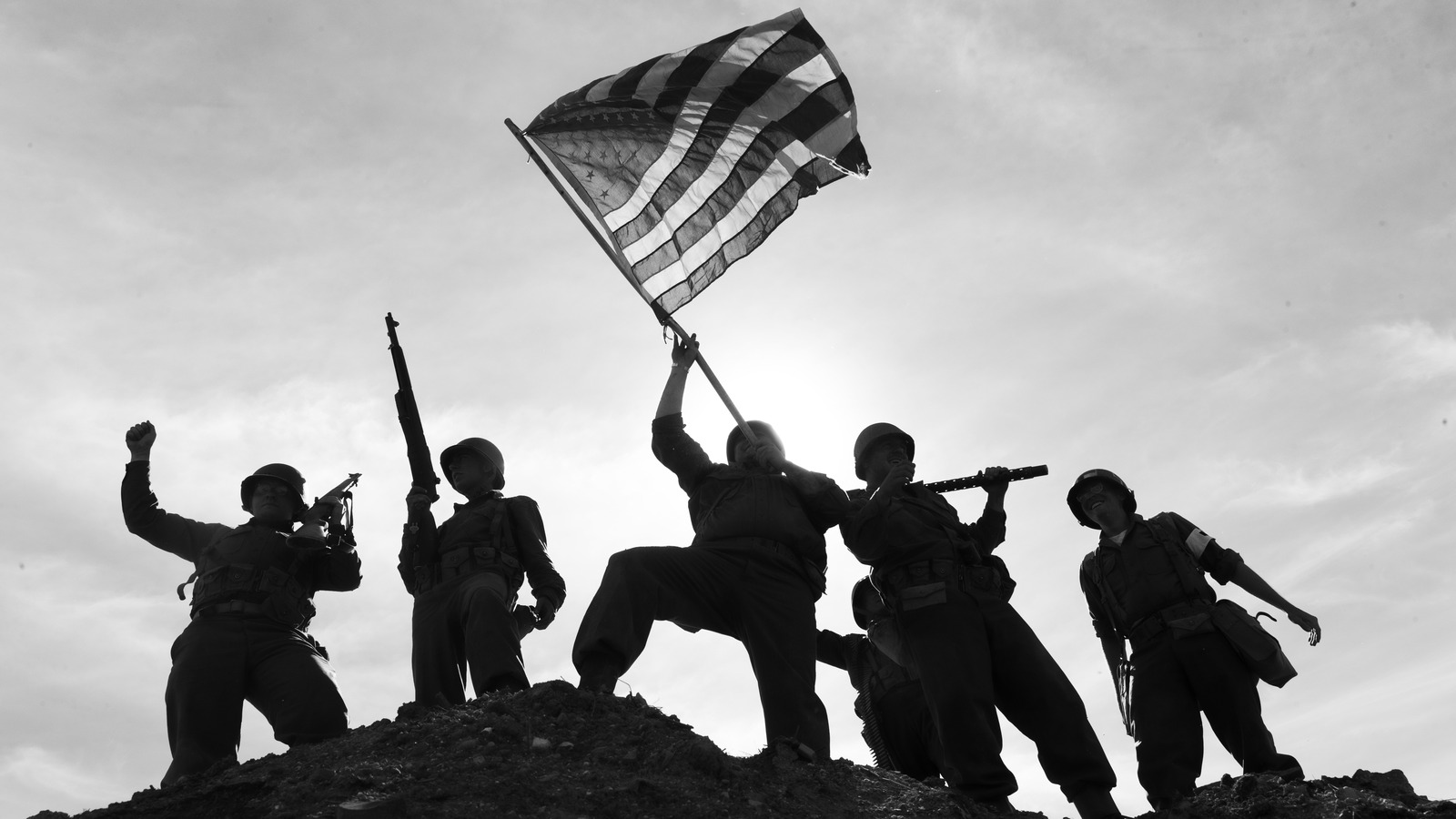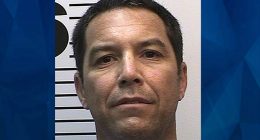
As bad it was on Iwo Jima for U.S. Marines, Japanese soldiers faced even more horrifying circumstances, and their bodies suffered even worse fates. As mentioned, many Japanese soldiers retreated into Iwo Jima’s interior, often into its caves. Those caves wound up being traps as U.S. soldiers came through with flamethrowers spewing fire into cave mouths, thereby burning those inside to death or asphyxiating them as the fire consumed all the cave’s oxygen. Or, they used explosives to detonate cave entrances and bury those inside alive. Such caves, for all intents and purposes, wound up being mass graves, even to this day.
Those Japanese soldiers who could be identified and collected, however, were placed in temporary graves around Iwo Jima much like the U.S. did their own troops. When marines stumbled across these locations they referred to them as “enemy cemeteries.” The task of rounding up deceased Japanese soldiers gets more difficult considering just how many soldiers died by suicide. Many corpses are headless, as their owners followed precepts laid out by Japan’s World War II General Hideki Tojo. “Live and suffer not the humiliation of being a prisoner of war,” the phrase went. Rather than be captured, many soldiers simply put a grenade to their head and pulled the pile. The bones of such individuals, as well as those who died in caves or otherwise have never been identified, amounted to a staggering 12,000 Japanese troops — more than half of their entire force.
[Featured image by National Archives at College Park via Wikimedia Commons | Cropped and scaled]









